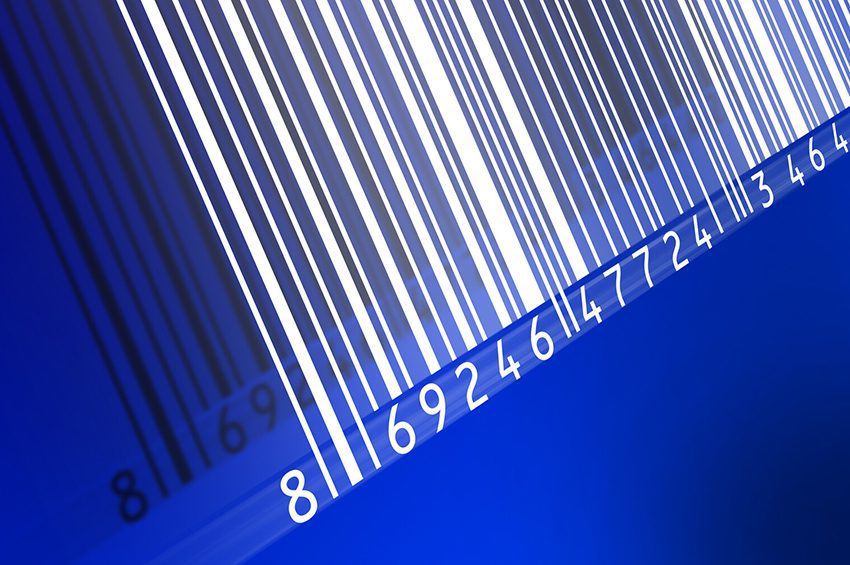Barcodes: A History and How they Work

Barcodes are used to track item purchases, inventory, encode location data, item id numbers, and other data components in practically every retail business, most warehouses, and shipping firms. They are so popular that they are almost unnoticeable. Still, most people forget that barcodes were initially used to track trains across the United States.
Most retail barcodes are linear barcodes, which are a series of lines and spaces. Norman Woodland and Bernard Silver created the barcode in 1951 and developed it in the United States. The designers were greatly influenced by morse code. It took several years for the idea actually to take off.
Sorting Railcars in the 1960s
Barcode was first used on US freight railroads in the late 1960s. This early railway system included a sign with a barcode ID number on the side of rail cars. They provided operations teams with information when they scan barcode, resulting in better vehicle sorting and tracking capability. This early system proved to be reasonably reliable. One common cause of wrong car scans or scanning problems was dirt covering or partially masking the lines.
Finally, in the mid-1970s, most railroads began to use the system heavily, but there were still reliability issues. The entire system was replaced in the 1980s by a radio tag IDing system, which did not have the same limitations as a visual scanning system.
Grocery Store Adoption
Finally, the Uniform Grocery Product Code Council decided in 1973 to create a standardized type of barcodes put on store packaging. Chewing gum was the first actual food product to carry a barcode in 1974.
Later that year, in 1981, the United States Department of Defense used a barcode to categorize military equipment.
Package and Warehouse Tracking
While barcodes are still practically universal in all forms of business, railroad and freight shipments are highly dependent on GPS-based monitoring. They can track where a truck is using GPS signals from the driver’s smartphone. Even companies like Amazon put barcodes on every package that enters their facility. When an FBA seller ships inventory to an Amazon facility, it must include an Amazon-supplied barcode label with a scanned barcode. It reaches the warehouse and informs the computer system that a specific seller’s products are ready for distribution. This method is also used to track inventory that leaves the warehouse for purchasers.
How do barcode readers work?
Barcode scanners tend to use a photosensor, either in a handheld or directly connected computer system. In summary, the light reflected into the scanner creates a series of pulses corresponding to the white and black stripes. This generates binary code, which is then translated by the computer to which it is connected. Many scanners now contain many photocells that allow you to scan the code without moving the scanner.
Laser scanners usually contain a rotating lens or mirror that allows the object being scanned to remain static as the beam moves across the target area. There are other photo-based barcode readers available. Photo-based readings are used when you scan a QR code on your phone, and the software reads the image.
Even Amazon uses them!
Barcode scanning of various forms is vital in the logistics industry to maintain inventory in warehouses. Much like Amazon, even small businesses and importers need some scanning technology to track what products or raw materials are leaving or entering their warehouses. Cataloging new freight or preparing inventory orders would take much longer and be costly without the usage of barcode scanning. With time, barcode scanning has become popular and affordable in other systems which offer a wide range of analytics from sales velocities to returns.
Railroad Tracking Today
RFID technology is widely used by modern trains to track railcar movements and locations. RFID scanners are positioned in specific areas. As railcars pass over them, the railroad’s computer system evaluates the scan results, which subsequently displays a snapshot of each railway car’s “last known” location. This allows railway managers to better prepare for delays or alerts them if a railcar is accidentally sorted into the wrong train. These systems are one of the most critical ways for railroads to track where trains are, keep track of their enormous railcar fleets, and inform customers when their freight will arrive.
